An emerald is one of the most popular colored gemstones. Read on to know about lab created emeralds, and their advantages over natural ones.

Tap to Read ➤
Lab Created Emeralds
Dr. Sumaiya Khan


An emerald is one of the most popular colored gemstones. Read on to know about lab created emeralds, and their advantages over natural ones.
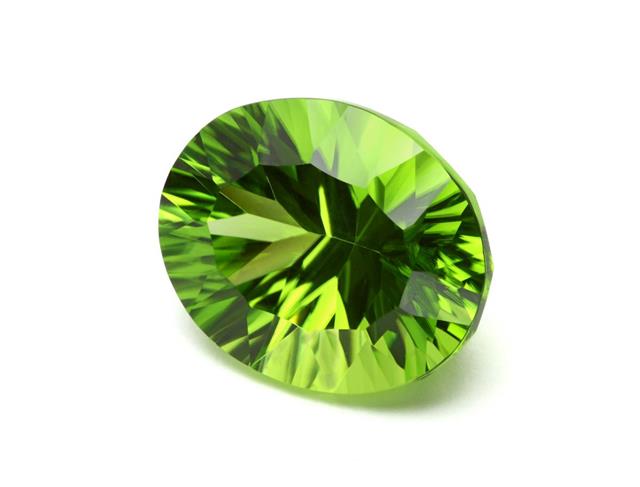
When you pass a jewelry store do you simply sigh at those beautiful green emeralds exhibited in the window? You think, "They're obviously out of my budget. Why bother even going in, asking the price, and cursing my paycheck?" Well, you can put those days behind now.
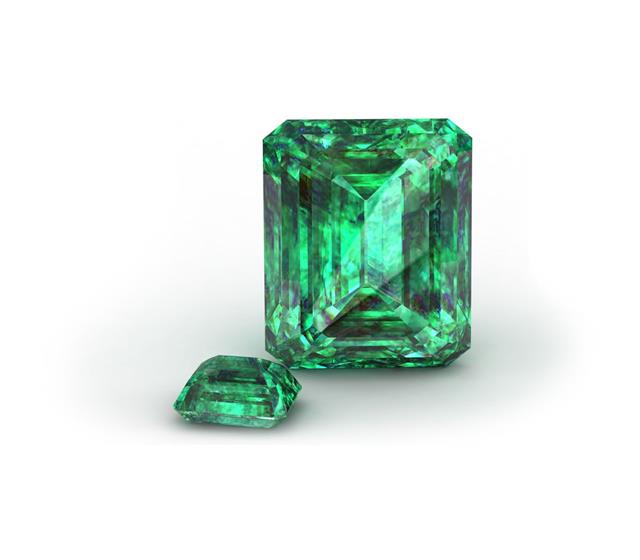
Lab created emeralds are a great option for those people looking for something close to the real thing, but not quite. Whether it's in the form of rings or earrings, you'll get a variety of shapes and sizes in these synthetic gemstones.

How Are Synthetic Emeralds Made?
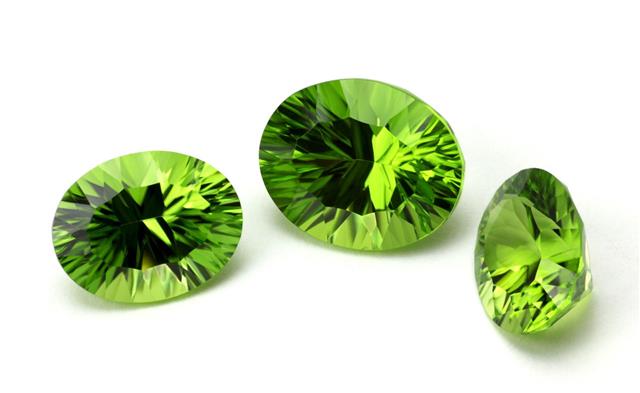
There are different methods of synthetically making emeralds. The lab-grown ones, which are known for their best quality and clarity, are usually made using the hydrothermal method. This method creates excellent quality crystals.
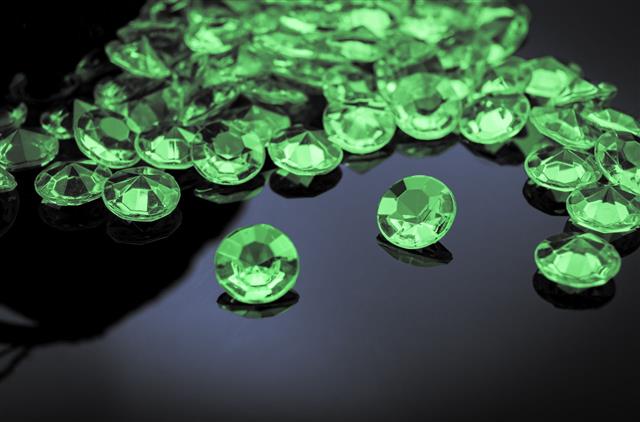
It is done under conditions of high pressure and temperature, in which dissolved minerals are introduced. The temperature and pressure is maintained at such a level that the minerals from the solution grow crystals over a certain period of time.
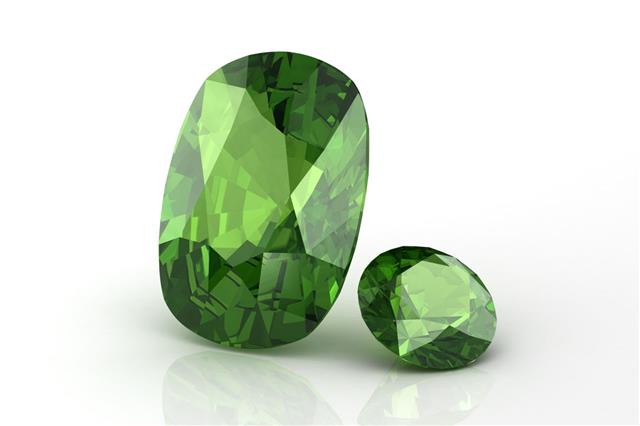
The other method of making emeralds in a lab is by the flux method. In this method, a substance (flux) is used to aid or promote the formation of crystals, without becoming a part of the crystal. For crystals to form and merge, they must be in a free-flowing, liquid state.

A high temperature is needed to liquidize this and so, a flux is used to carry out the process at a lower temperature instead, without it becoming a part of the crystals. However, it is often seen that in flux-created emeralds, wispy, veil-like inclusions are present. Hence, emeralds created by the hydrothermal process are said to be superior in nature.

Synthetic vs Natural
If you were to get into the nitty gritties of the lab-grown vs natural emeralds debate, you will realize that the natural ones are infamous for their high amount of inclusions. Inclusions are nothing but the imperfections, faults, or cracks in a stone. When they are perfected, the cracks are filled with silicon or other commercial sealants.
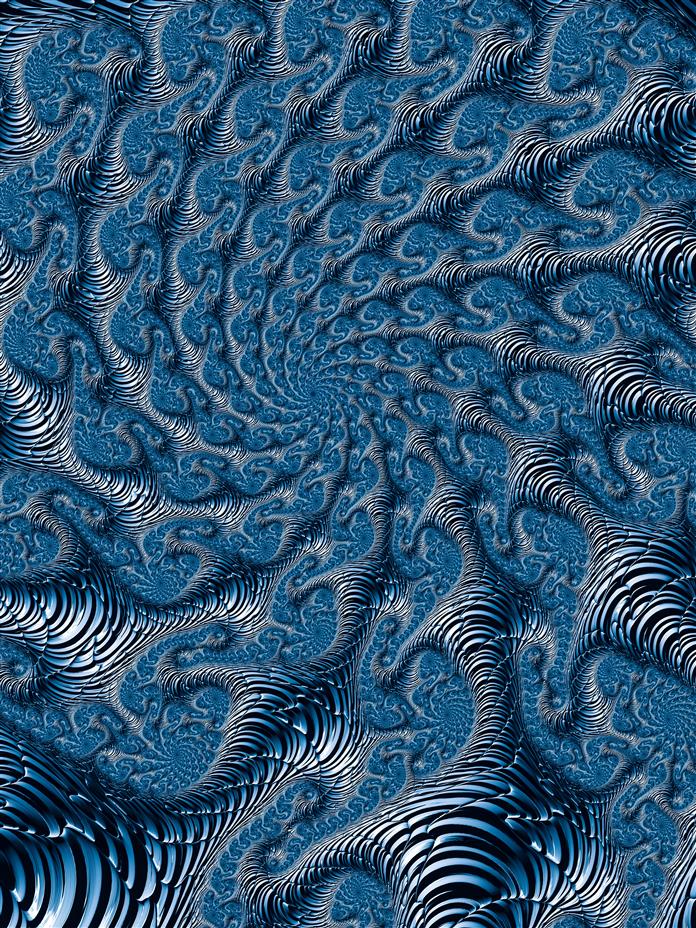
However, when it comes to the synthetic ones, this problem does not arise. These are very clear stones, and belong to a group of gems that are known as Beryl. Furthermore, the U.S. Federal Trade Commission (FTC) is very stringent in its rules regarding what can and what cannot be branded as synthetic and lab grown emeralds.

It states, "It is unfair or deceptive to use the words 'laboratory-grown', 'laboratory-created', '[manufacturer's name]-created', or 'synthetic' with the name of any natural stone, to describe any industry product, unless such industry product has essentially the same optical, physical, and chemical properties as the stone named."
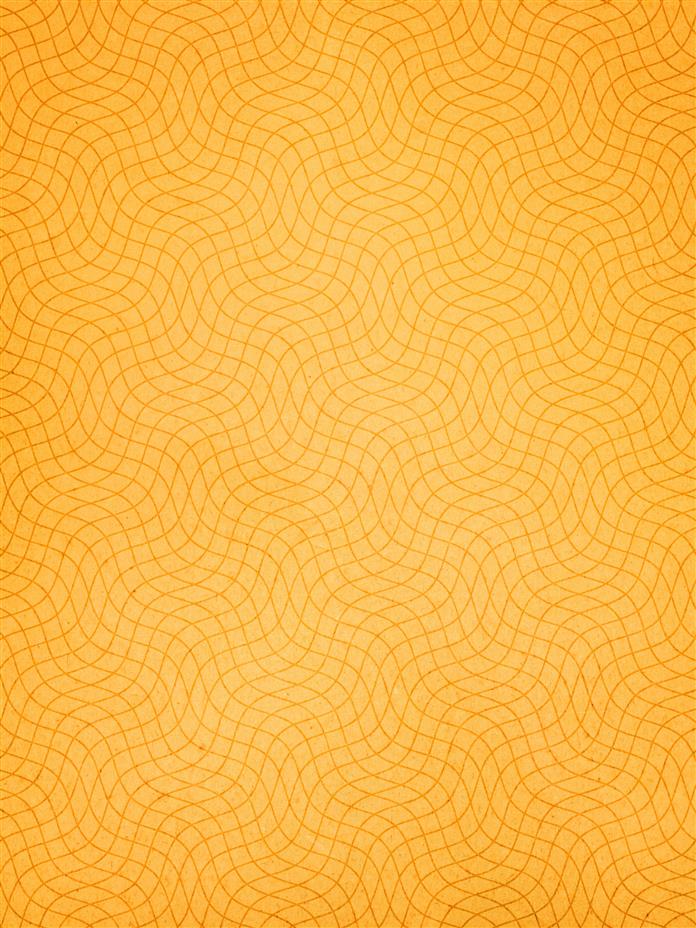
People need to be extra careful while marketing their products under the name of lab created gemstones.
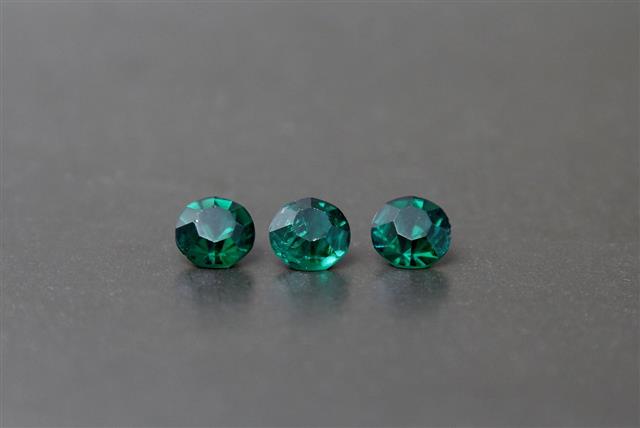
It is being said that with the fast growth of lab created emeralds, and in their quest for perfection, it is becoming difficult to differentiate them from natural ones. However, there are certain facts on emeralds, that can help differentiate the two from each other.
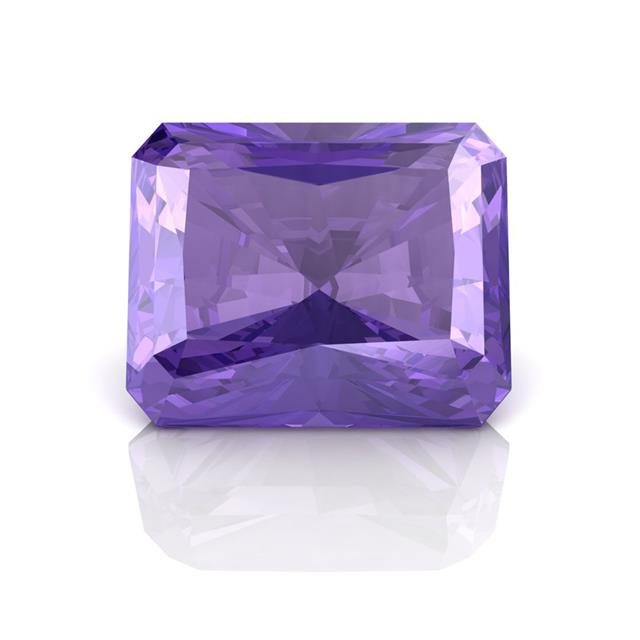
For eg; luminescence in UV light test is such a method as most natural emeralds are inert to UV light. Whether a person wishes to purchase a natural or synthetic gemstone is completely personal choice.
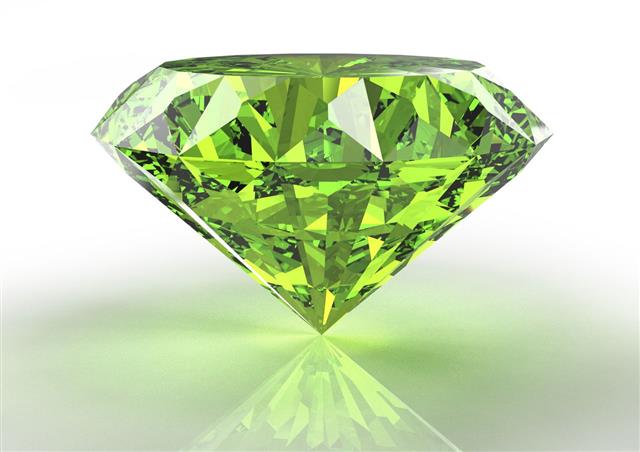
There are many advocates of natural gems who would never compromise on the source of a gem. However, when it comes to people who'd prefer a lovely green, high quality gem jewelry at an affordable price, then synthetically grown emeralds are here to save the day.